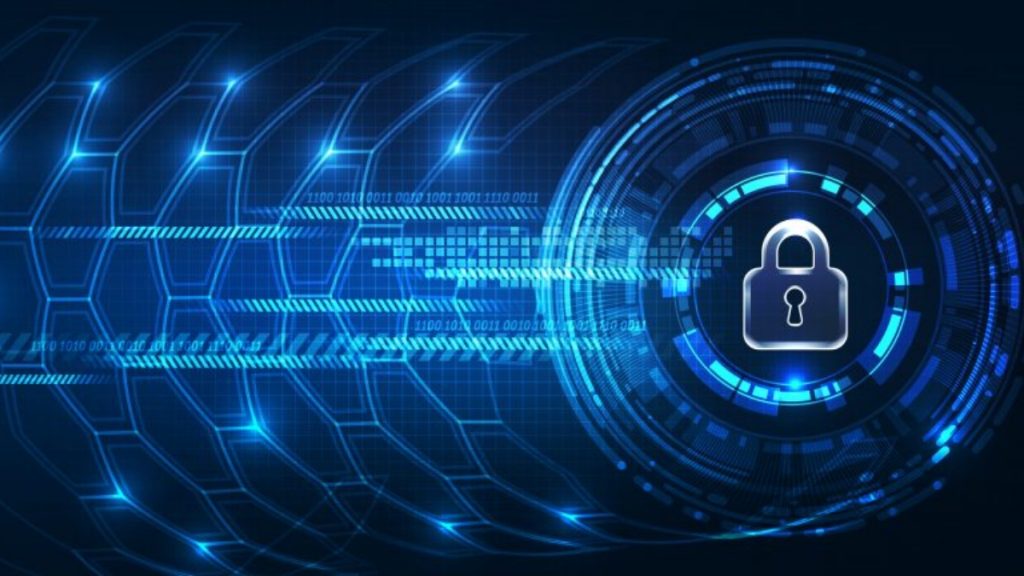On average, breached data centers set companies back around $5 million. One of the worst cases of data theft that occurred via a data center breach has cost a credit card company $100 million.
Common victims of data center breaches are financial institutions and medical organizations that store sensitive data in their data centers.
However, any business could be a victim of a data breach nowadays. Organizations store a plethora of personal data that could be exploited by cybercriminals for ransom.
To secure your data center, you need to protect both your hardware and software from unauthorized access.
What are some of the common attacks you need to know about and how can you protect the physical and hackable parts of your data center?
Let’s start by learning about likely types of attacks, creating a system for protecting the physical part of your data center, and exploring anti-hacking solutions that can keep up with major data transfer within the center itself.
Common Data Center Attacks
Data centers can be attacked either by breaking and entering it or by hacking the software. Some of the common attacks that criminals have used to target data centers in the past include:
- Distributed Denial of Service Attack
- Identity theft
- Unauthorized use of computers to gain access to higher levels of systems
- Data theft
Distributed Denial of Service (DDoS) slows down your data center by overwhelming its traffic. Customers are used to technology working at high speed nowadays and any lag can deter them from using your services.
For example, if your website takes longer than just a few seconds to load, they will likely leave you high and dry. Onto the next – and most often right into the hands of your competitors.
Identity theft refers to a hacker gaining access to your systems by stealing credentials and misrepresenting themselves. Once they get a higher level of access, they can obtain information from your data center.
Unauthorized use of computers can be the result of and inside or an outside threat. To avoid it, ensure that you limit access to parts of the network that each employee needs to do their daily tasks.
Data theft is pretty straightforward: hackers can steal your data either via hacking or by stealing the physical hardware in the facility where you store your information.
Physical Security for the Facility
To protect your hardware, it’s important to have protocols and physical security that heavily guard your data center. This includes security guards and cameras that make sure only the right people have the access to your data center.
Many of us get caught up in setting up the best systems and solutions for the cybersecurity aspect of data center protection. In doing that, we neglect to make sure that the hardware is not possible to breach.
Lightspeed Firewall That Secures Your Data Center
Lightspeed Firewall has been dubbed lightspeed because the technology used makes it currently one of the fastest firewalls in the world. The speed is crucial in data center security that needs rapid transfers of information as they are continually being updated.
This technology has been used to protect data centers, apps, and clouds because of the low latency and high efficiency, all while using less space.
It outperforms other firewalls because it works at the same speed as your network.
Physical Security and IT team Working Towards the Same Goal
In the past, cooperation between the two teams, one that guards the facility against outside attacks and one that guards against cyber breaches has been minimal.
Lack of collaboration weakens security. It’s important that both your IT team and your security guards work together because they have the same goal — to protect your databases from breaches.
The key to achieving this is in creating a corporate culture that doesn’t separate the two. Instead, it makes the teams understand that both have an essential role in the company’s security.
How to Protect Your Data Center?
It’s crucial to have reliable technology to protect your valuable data without lag such as lightspeed firewall, employ physical security, and make sure that you encourage collaboration between the teams.
The cost of a breach is high. It can damage you financially, but it can also cost you customers and clients who trust you with their information.
Make sure that you have the best people on your team that take care of the physical aspect of the security. Also, invest in the technology that can keep up with the data transfers in real-time without lag and risk of creating an opening for cybercriminals.

